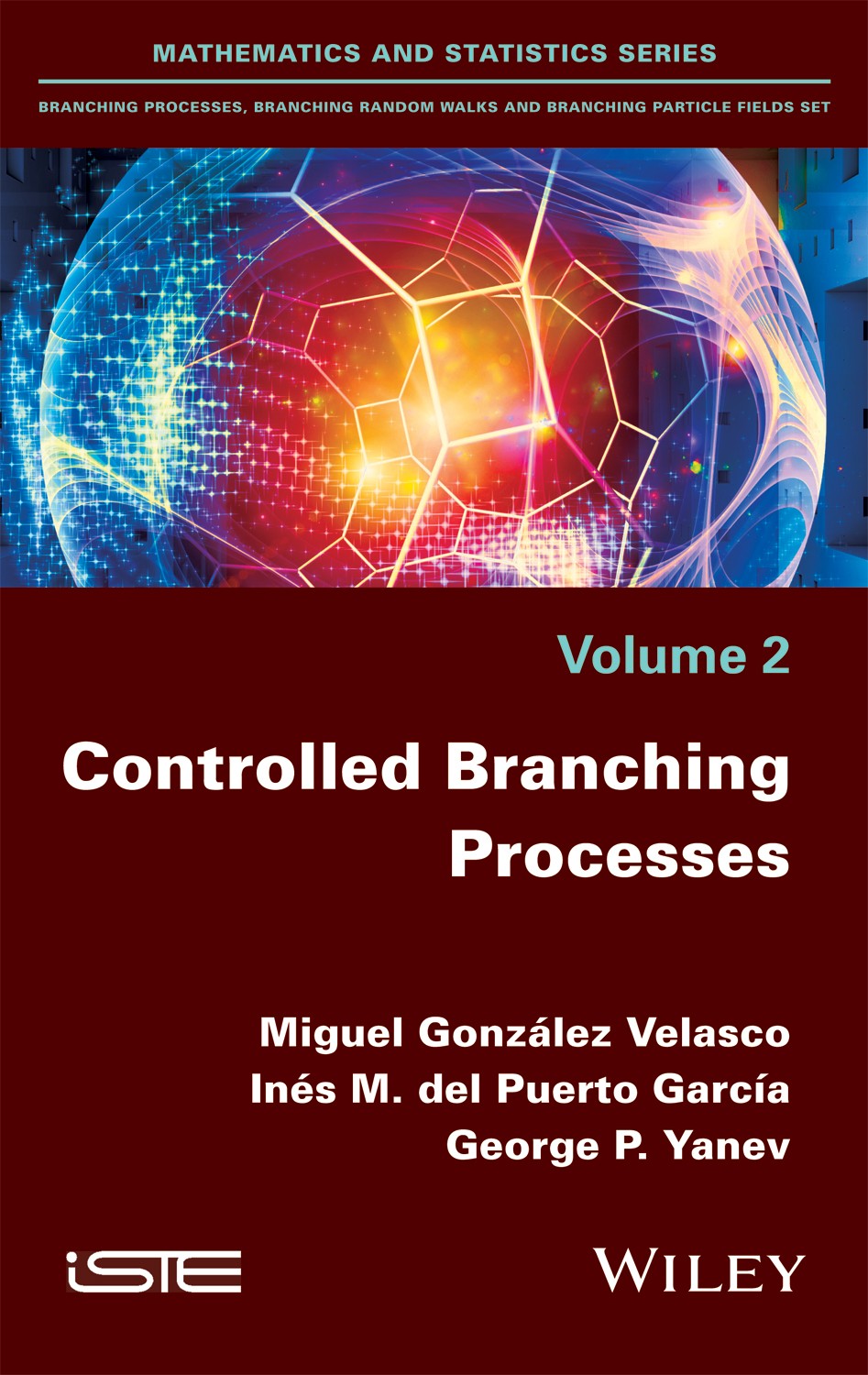
Controlled branching (CB) processes constitute a very large class of stochastic processes, which includes different policies of immigration and emigration. The independence of individuals’ evolution is a fundamental assumption in the classical branching processes. Alternatively, in CB processes, the number of reproductive individuals decreases or increases depending on the size of the previous generation through […]
Controlled branching (CB) processes constitute a very large class of stochastic processes, which includes different policies of immigration and emigration. The independence of individuals’ evolution is a fundamental assumption in the classical branching processes. Alternatively, in CB processes, the number of reproductive individuals decreases or increases depending on the size of the previous generation through a random control mechanism.
The authors present a stimulating discussion and comprehensive analysis of the evolutional dynamics of the CB process, including models allowing for simultaneous multiple immigration and emigration. They present results concerning the population extinction and the limiting distributions of CB processes.
Moreover, they provide readers with an insight into both classical and computationally intensive methods for estimating the main characteristics of CB processes.
